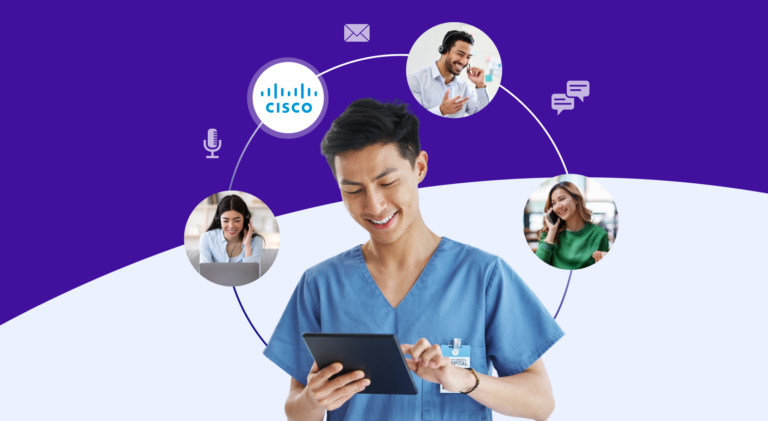Explore the difference between proactive and reactive customer service approaches. Understand their implications on customer loyalty, brand reputation, and how these strategies can reshape your customer experience.
In today’s competitive business landscape, customer service plays a vital role in influencing customer loyalty and brand reputation. An effective customer service strategy could be the difference between a brand’s success and failure.
While most companies understand this, they often muddle proactive and reactive customer service approaches.
Let’s delve into what these two approaches mean and how they impact customer experiences (CX).
Proactive vs. reactive customer service examples
Proactive customer service is all about anticipation.
It involves identifying and resolving customer issues even before they emerge. For instance, if a flight is likely to be delayed, an airline practicing proactive customer service will inform the passengers in advance, saving them hours of wait time at the airport.
On the flip side, reactive customer service is a response-oriented approach.
It involves addressing customer inquiries or issues as they arise.
Using the same airline example, a reactive service would wait for the passengers to inquire about the delay and then provide an explanation.
While both approaches have their merits, today’s customers expect more from businesses. They appreciate being cared for, and proactive customer service is a step in that direction. It helps foster stronger customer relationships, and it can give companies a competitive advantage.
Proactive customer service: Tools and approaches
Many businesses are still yet to fully leverage the potential of proactive customer service. Here are a few tools and techniques that can help businesses deliver proactive service effectively:
1. Customer journey mapping
Understanding your customers’ journey is crucial to anticipate their needs and potential issues. By mapping the customer journey, businesses can proactively strategise solutions for possible pain points in each interaction phase, leading to enhanced customer satisfaction.
And in our experience, the journey map is powerful because we often discover some overlooked communication channels (like phone calls) are actually critical to solving customer issues.
Likewise, we have observed several instances where a business’s recently added channels, such as Chatbot, did not get much customer engagement at all.
Pro Tip: We know from decades of experience working with clients that no two customer journeys are the same. We can help you map out your customer journey to better visualise your customer experience so that you know exactly where your customers’ pain points are and how to fix them.
2. Predictive analytics
Data is the new oil. By leveraging customer data and predictive analytics, businesses can forecast potential problems and take steps to mitigate them before they impact the customer. For instance, if data shows frequent complaints about a software’s slow update process, businesses can proactively optimise this, mitigating future dissatisfaction.
Furthermore, predictive analytics allows businesses to forecast, say, a surge in tech support queries following a software update, enabling them to enhance customer experience by allocating more resources in anticipation, thus bolstering loyalty.
3. Measurement of success
To ensure the effectiveness of proactive strategies, it’s important to measure success.
This could be in the form of customer satisfaction scores, Effort Score, First Contact Resolution Rate, or even a reduction in the number of service tickets. Metrics not only help in evaluating the success but also in making necessary adjustments for continuous improvement.
4. Knowledge base
A well-structured knowledge base that customers can access independently can also contribute to proactive service. It allows customers to find solutions to common problems without having to reach out to customer support, saving their time and improving their experience.
Pro Tip: By the way, we offer specialised consulting that uses a Best Service is No Service methodology to ultimately remove the need for redundant customer support queries. And an important part of the methodology consists of creating opportunities for proactive CX.
Balancing proactive and reactive experiences
While the proactive approach aligns more with the current customer expectations, it is not to say that reactive customer service should be completely eliminated.
Businesses can’t anticipate every customer’s need, and there will always be a place for effective reactive service. It is, therefore, crucial for businesses to find the right balance between proactive and reactive customer service, and to be efficient and empathetic in both.
In the end, the ultimate goal is to deliver an excellent customer experience. Whether that’s done proactively or reactively, the key is to keep the customer at the heart of every decision.
Because a happy customer is not just a repeat customer, but also an ambassador for your brand.
 Angie Yeo
Angie Yeo 



 Rosaline Oh
Rosaline Oh